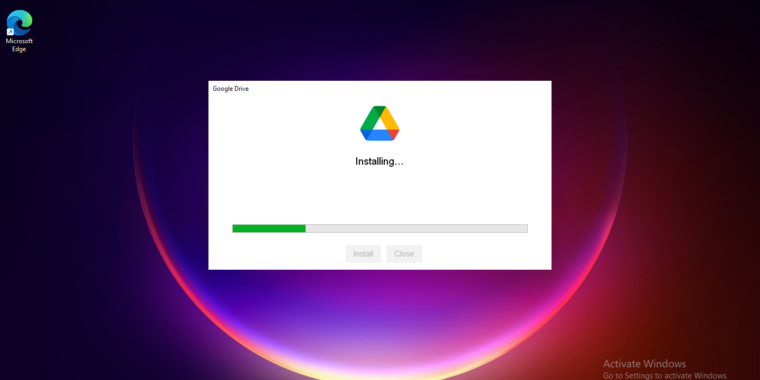Google’s new Drive app replaces Backup and Sync with Drive File Stream

-
The new Drive app was a hefty 238MiB download and a pain-free but surprisingly long (several minutes) installation.Jim Salter
-
After installation finishes, the new Drive user is offered a mercifully brief feature tour.Jim Salter
-
You can run the locally mounted Google Drive folders one of two ways—streaming or mirrored. Streaming folders don’t download files from the cloud unless and until you actually open them.Jim Salter
-
There are extra settings buried behind a gear icon in the Google Drive Preferences dialog itself. Note the drive letter selection, Office presence detection, and Photos quality settings.Jim Salter
-
Beneath the Office, drive letter, and Photos settings, we can scroll down to set the local cached files directory, proxy settings, and bandwidth limiters.Jim Salter
Google has released a new Google Drive desktop app that replaces old versions for both home and business. The new Drive app builds in features from Google Photos, Backup and Sync (the old, primarily consumer app), and Drive File Stream (the old, business-targeted version).
Features
Frankly, there doesn’t appear to be much new in the upgraded app—the update looks like more of a clean-up and unification effort than anything else. Major features include:
- Uploading and syncing photos to Google cloud storage—including automatic compression and resizing, for those choosing “Storage saver” rather than original image quality
- Syncing external storage devices (thumb drives, USB hard drives, and SSDs) to Google Drive
- (Optional) two-way file and folder synchronization—automatically download files to local folders and vice versa
- Locally mounted Drive folders in either Stream or Mirror mode—automatically downloading files on-demand or automatically prefetching all files from the cloud
- In-app support for shared Google drives (new feature, was not present in Backup and Sync)
- Integration with Microsoft Outlook and Google Meet scheduling
Upgrading to the new Drive app
According to Google’s introduction, users of the older Backup and Sync app will start getting in-app prompts to transition to Drive for desktop, which it recommends users complete by September of this year.
Backup and Sync users will support a guided workflow for transitioning from the old app to the new on July 19, and Google Workspace domains (both Rapid and Scheduled release tracks) will see in-app notifications prompting transition beginning on August 18. The deprecated Backup and Sync app will cease functioning entirely on October 1.
Who is this for?
The answer is simple, but we want to draw a heavy underscore because it’s not typical these days—all Google service users can use the new Drive app. This includes free personal accounts and paid enterprise Google Workspace accounts.
In other words, if you’re a Google Drive user, it’s time download the new app—there’s no point in putting it off. If you’re a Google Workspace administrator, you have two months to test and deploy the new app before Backup and Sync curls up and dies on October 1.
Listing image by Jim Salter
https://arstechnica.com/?p=1779598